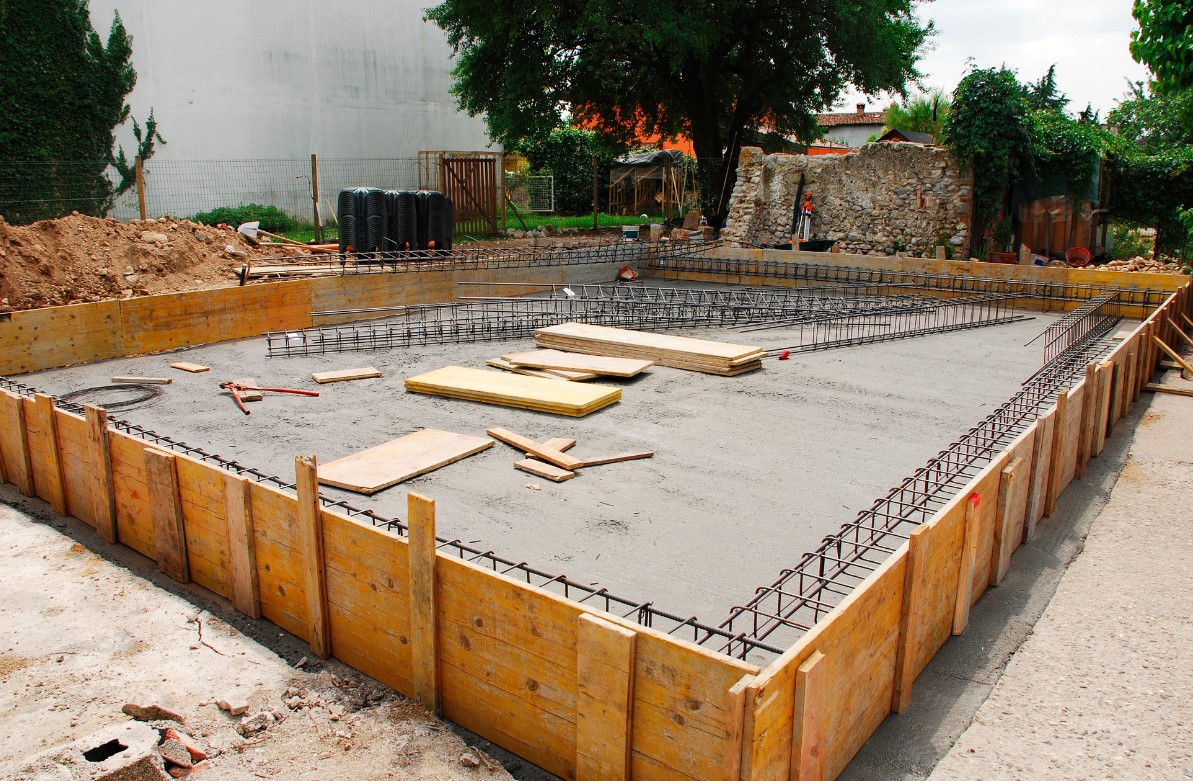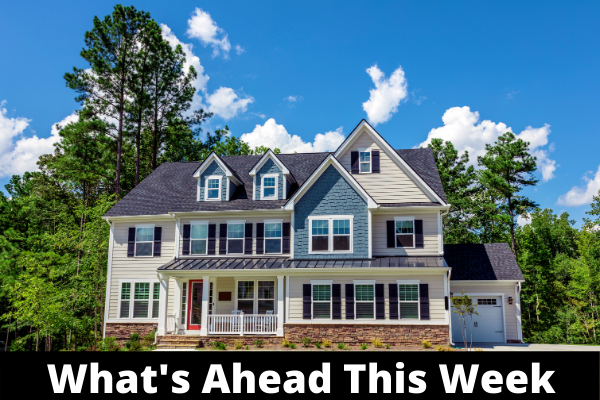 Are you thinking about purchasing a home in the near future? Or, are you thinking about building one? If so, you must think carefully about the foundation of the home. It is responsible for supporting the rest of the structure, so you need to find the right foundation to meet your needs. What are a few of the top options available?
Are you thinking about purchasing a home in the near future? Or, are you thinking about building one? If so, you must think carefully about the foundation of the home. It is responsible for supporting the rest of the structure, so you need to find the right foundation to meet your needs. What are a few of the top options available?
Basement
One of the first options you should consider is a basement foundation. This is a popular choice because it can create additional living space in your home. It can also act as an additional entrance, which can be useful in some situations. On the other hand, a basement does not always contribute to the square footage of your house. In addition, it can be a bit more susceptible to leaks when compared to other types of foundations. You must make sure you take care of your basement to prevent mold and mildew from growing.
Crawl Space
Another very common type of foundation you may encounter is a crawlspace foundation. A crawl space is not nearly as tall as the basement, so it does not provide any additional living space. On the other hand, it can be used as additional storage space, and it can provide some protection against environmental hazards. You must make sure the crawlspace is ventilated to prevent mold and mildew from growing. Furthermore, it requires routine maintenance to provide structural issues from developing with the house. Always take a look at the quality of the crawl space before you decide to make a purchase.
Slab Foundation
You should also consider a slab foundation for your house. A slab foundation is very quick to build, very difficult for infestations to access, and incredibly durable. The biggest downside is that it does not provide you with any additional storage space. In addition, it may make it hard to access the plumbing if there is a problem that has to be addressed.
Find The Right Foundation
Ultimately, these are just a few of the many options available if you are looking for a new house. Familiarize yourself with the benefits and drawbacks of different foundation types. Then, do not hesitate to reach out to a professional who can help you find the right house to meet your needs.

 If you want to buy a home in the near future, you are probably aware of just how competitive the housing market is. You need to put yourself in the best position possible to be successful by getting pre-approved for a home loan. This is a very important step, particularly when you compete against people making cash offers. Learn more about the importance of getting pre-approved below, and make sure your offer is taken seriously.
If you want to buy a home in the near future, you are probably aware of just how competitive the housing market is. You need to put yourself in the best position possible to be successful by getting pre-approved for a home loan. This is a very important step, particularly when you compete against people making cash offers. Learn more about the importance of getting pre-approved below, and make sure your offer is taken seriously.